The Montessori approach to education rests on the premise of supporting the specific needs and sensitivities of each individual as they present themselves at each stage of development. Here we cover some of the principal Montessori practices.
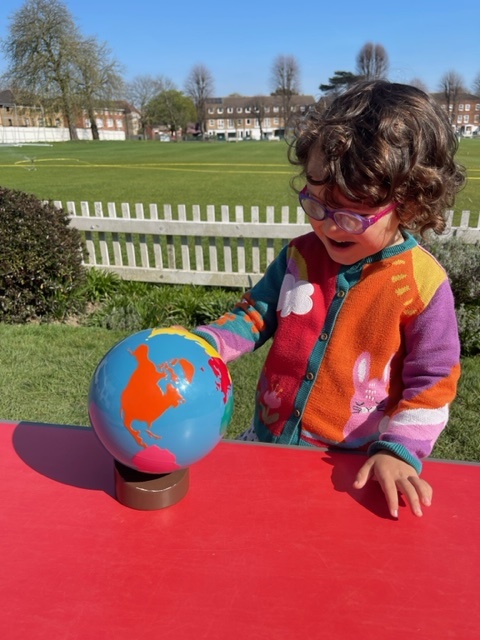
The Montessori Globe
The Montessori Continents Globe is a spherical representation of the Earth, designed specifically for young learners.
It differs from a typical globe in that each continent is distinctly coloured, simplifying the recognition and distinction of continents for children.
The primary purpose of the Montessori Continents Globe is to introduce young learners to the basics of geography in a concrete manner. It serves as a foundational tool that supports children in visualizing and understanding the world beyond their immediate environment, thus enhancing their global perspective.
Sandpaper Numbers
Sandpaper Numbers are a tactile Montessori tool that introduces young children to numerals 0 to 10, promoting visual recognition and preparation for writing numbers through hands-on learning experiences.
Montessori Sandpaper Numbers are a key component of the Montessori curriculum designed to provide pre-schoolers with a sensory approach to learning numbers. They are crafted to enable children to feel the shape of each number, integrating touch with visual recognition, thus cementing the child’s understanding of numerical symbols.
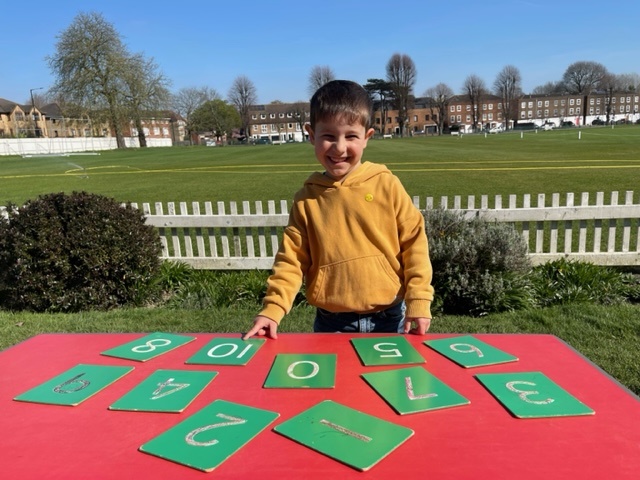
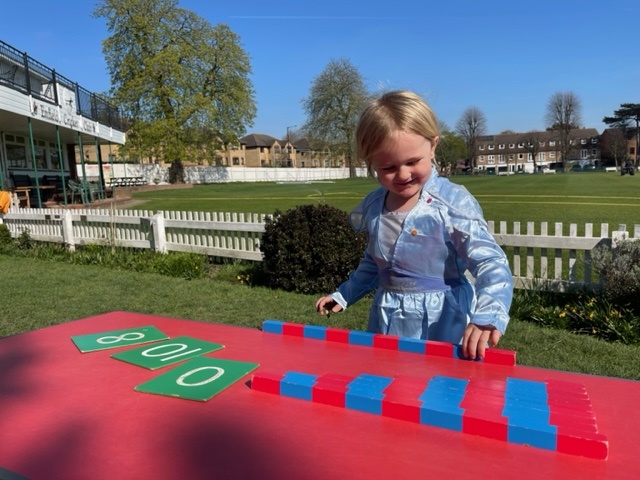
Number Rods
Montessori Number Rods provide a tangible way for children to connect numerals with their corresponding quantities.
These rods offer a hands-on approach to learning that is both stimulating and fun for young learners. Benefits of this practice include a concrete understanding of numbers as the rods help children visualize and feel the differences in length and quantity.
This practice also promotes enhanced motor skills. By handling the rods, this encourages fine motor development and hand-eye coordination.
Zoology Puzzles
Montessori Zoology Puzzles are a collection of puzzle pieces that represent different animals and their anatomical structures.
Each puzzle typically focuses on one animal, such as a turtle, bird, or horse, and is crafted to highlight specific parts of the animal’s body, aiding children in understanding the physical characteristics and functions of various animal types.
As well as learning about different animals and their specific body parts, this practice also develops problem-solving skills. The process of matching and fitting puzzle pieces together enhances critical thinking and problem-solving abilities.
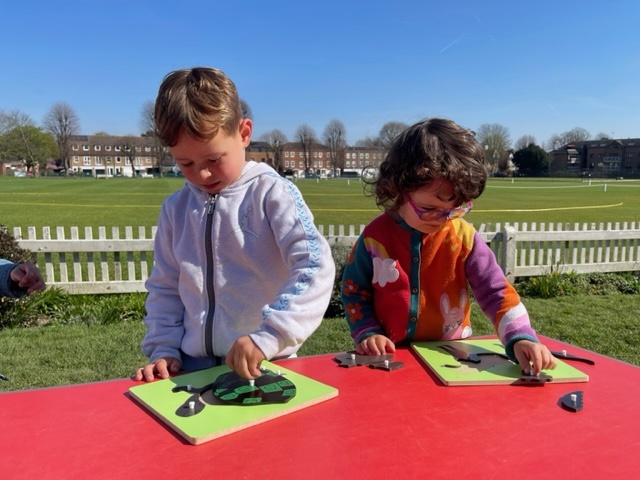
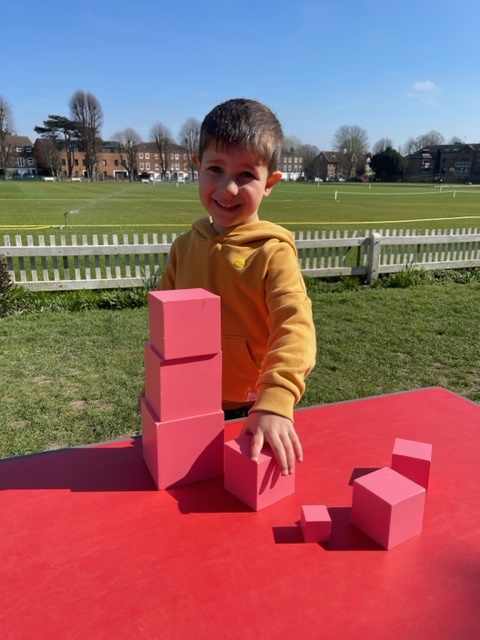
The Pink Tower
The Pink Tower is part of the Montessori Sensorial curriculum. Children are encouraged to explore the cubes through touch and sight, and to arrange them in order from largest to smallest. By doing so, they develop their ability to recognize and differentiate between sizes, as well as their hand-eye coordination and concentration skills.
Children learn to recognize differences in size and dimensions, an essential skill for reading and mathematical reasoning.
Knobbed Cylinders
Montessori Knobbed Cylinders are a set of wooden blocks, each containing cylinders of varying dimensions that can be removed and replaced using knobs.
This practice is specifically designed to refine a child’s fine motor skills and heighten their perception of dimensions, preparing them for mathematical concepts.
They are primarily used to teach children to visually discriminate between dimensions; however, as competency grows, the child can begin to differentiate with touch. This Montessori practice also indirectly prepares students for writing, as they begin coordinating their fingers in a pincer grip, which is used later for holding pencils.
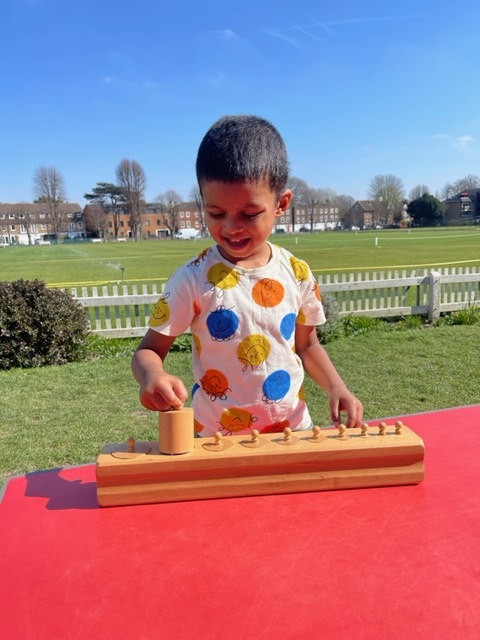
Education is a natural process carried out by the child and is not acquired by listening to words but by experiences in the environment. – Maria Montessori
